Last updated on
Discover essential tips to keep your kitchen free from pesky pests and maintain a clean, hygienic space for cooking and dining.
The kitchen is the heart of every home, where delicious meals are prepared and memories are made. However, it’s also a place that can attract unwanted guests – pests! Nothing can ruin your appetite like spotting a cockroach or mouse scurrying across your kitchen floor.
Not only are they unsightly, but they can also spread diseases and contaminate your food. But don’t worry! With the right preventative measures, you can keep these pesky critters out of your kitchen for good.
In this article, we’ll share some effective tips on how to prevent pest infestation in the kitchen so that you can enjoy cooking and eating in peace.
Key takeaways:
- Keep your kitchen clean and hygienic
- Store food in airtight containers
- Seal cracks and openings in your kitchen
- Establish a regular cleaning schedule
- Eat at a designated table and use a trash can with a lid
What's Inside
Importance of Kitchen Hygiene
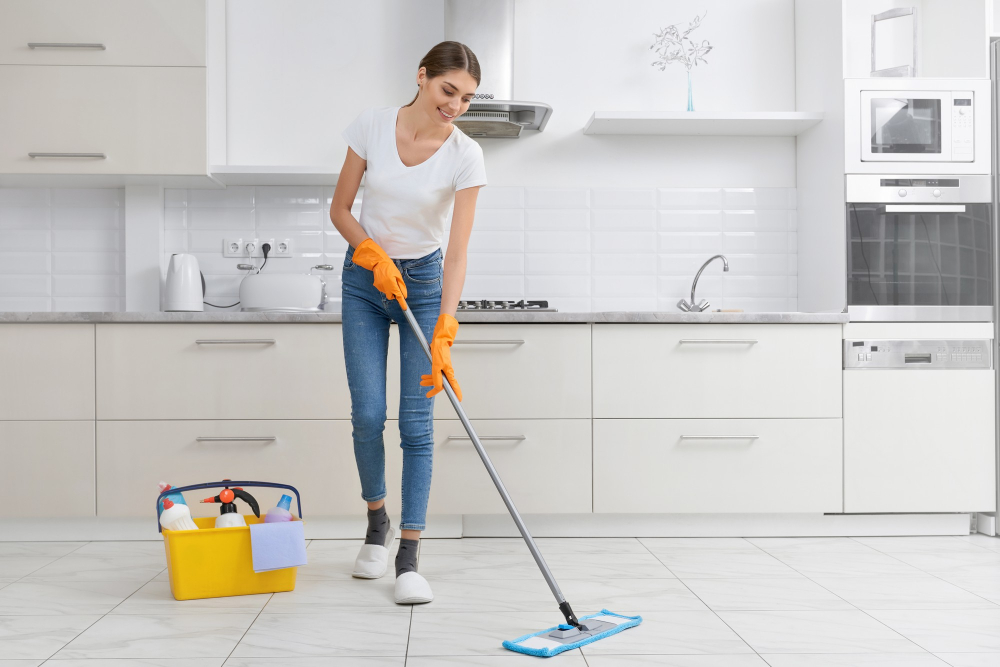
Maintaining a clean and hygienic kitchen is crucial to prevent pest infestation. Pests are attracted to food debris, spills, and crumbs left on countertops or floors.
Therefore, it’s essential to keep your kitchen tidy by wiping down surfaces regularly with disinfectant cleaners. Make sure that all dishes are washed promptly after use and put away in their proper place.
Another important aspect of maintaining good hygiene in the kitchen is washing your hands frequently while cooking or handling food items. This helps prevent the spread of harmful bacteria that can cause illnesses such as salmonella or E.coli.
Proper Food Storage Techniques

Pests are attracted to food, so it’s essential to keep all your ingredients and leftovers stored in airtight containers. This will not only help keep pests out but also preserve the freshness of your food.
When storing dry goods such as flour, sugar, and cereal, use sealed plastic or glass containers with tight-fitting lids. Avoid using paper bags or cardboard boxes that can easily be chewed through by rodents.
For perishable items like fruits and vegetables, store them in the refrigerator at temperatures below 40°F (4°C). Make sure they’re wrapped tightly or placed in sealed containers before refrigerating them.
Leftovers should also be stored correctly; allow hot foods to cool down before placing them into airtight storage containers for refrigeration. It’s best not to leave any cooked meals on countertops overnight as this can attract pests quickly.
Keep Your Food Containers Tightly Sealed
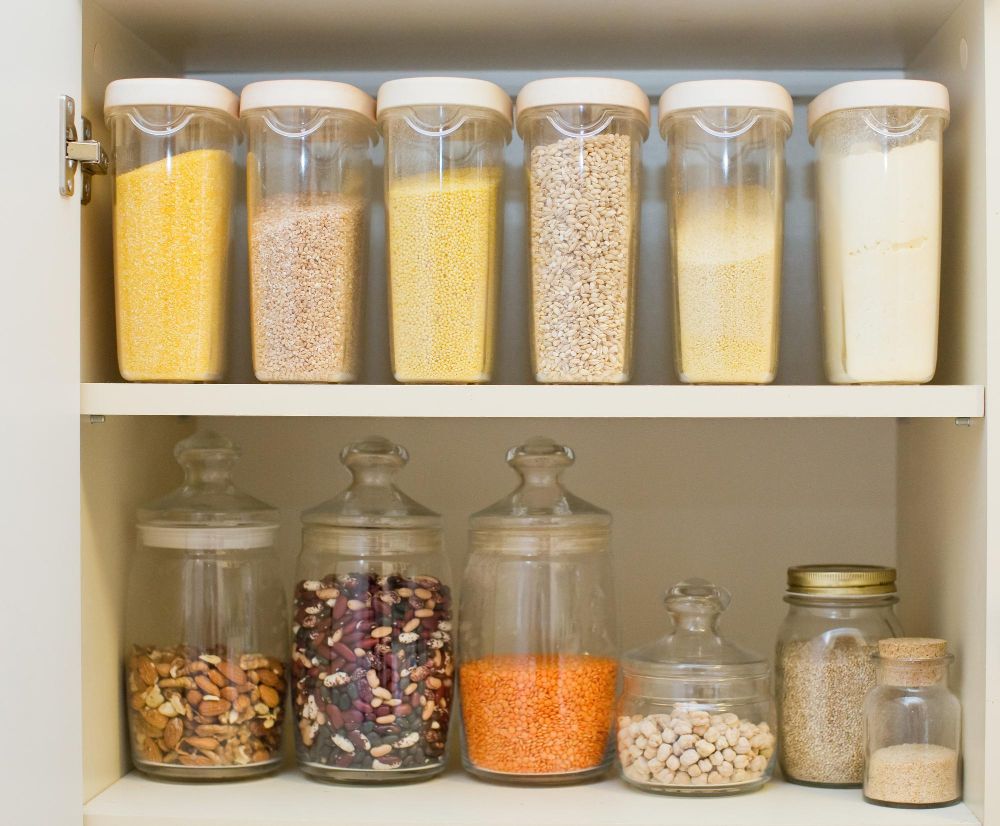
Whether it’s a bag of chips or a box of cereal, leaving them unsealed can attract insects and rodents looking for an easy meal. To prevent this from happening, make sure all your food containers are tightly sealed after use.
Invest in good quality storage containers that come with tight-fitting lids to keep out any unwanted guests. Glass jars with screw-on lids work well for storing dry goods like flour and sugar while plastic containers are ideal for leftovers and snacks.
If you have opened bags or boxes that don’t come with resealable packaging, transfer their contents into sealable bags before storing them away in the pantry or fridge. This will not only help keep pests at bay but also prolong the shelf life of your food by preventing moisture buildup.
Sealing Cracks and Openings
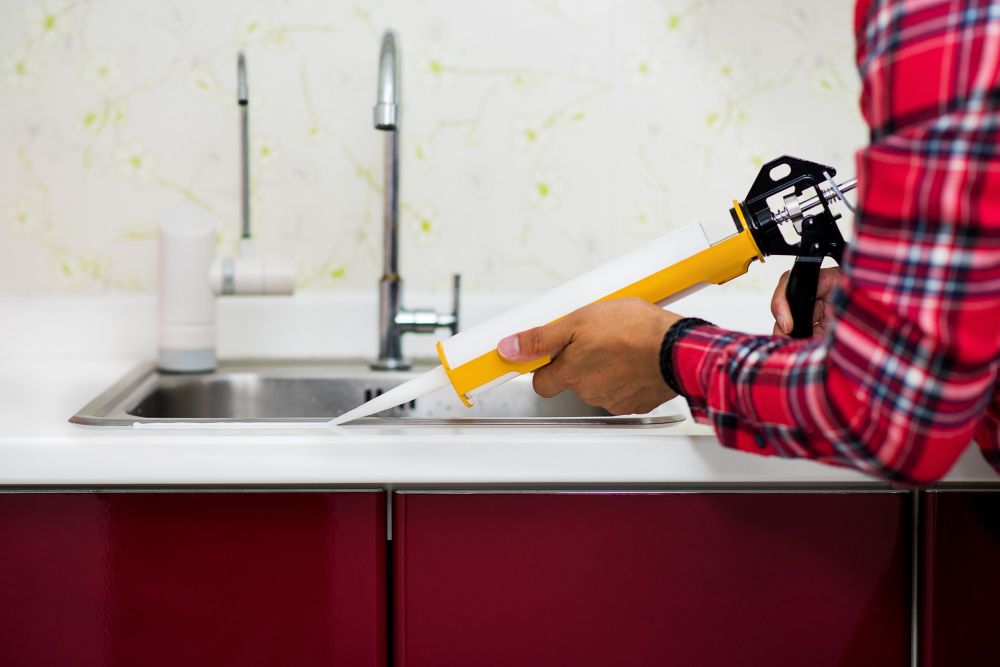
Pests can easily enter through even the smallest gaps or holes in your home’s structure. Therefore, it’s essential to inspect every nook and cranny for potential entry points.
Start by checking around windowsills, door frames, baseboards, pipes under sinks or appliances that lead outside of the house. Use a caulking gun to seal up any visible cracks you find immediately.
For larger openings such as vents or chimneys that cannot be sealed with caulk alone use wire mesh screens instead. These screens will allow air circulation while keeping out unwanted visitors like rodents and insects.
Regular Cleaning Schedule
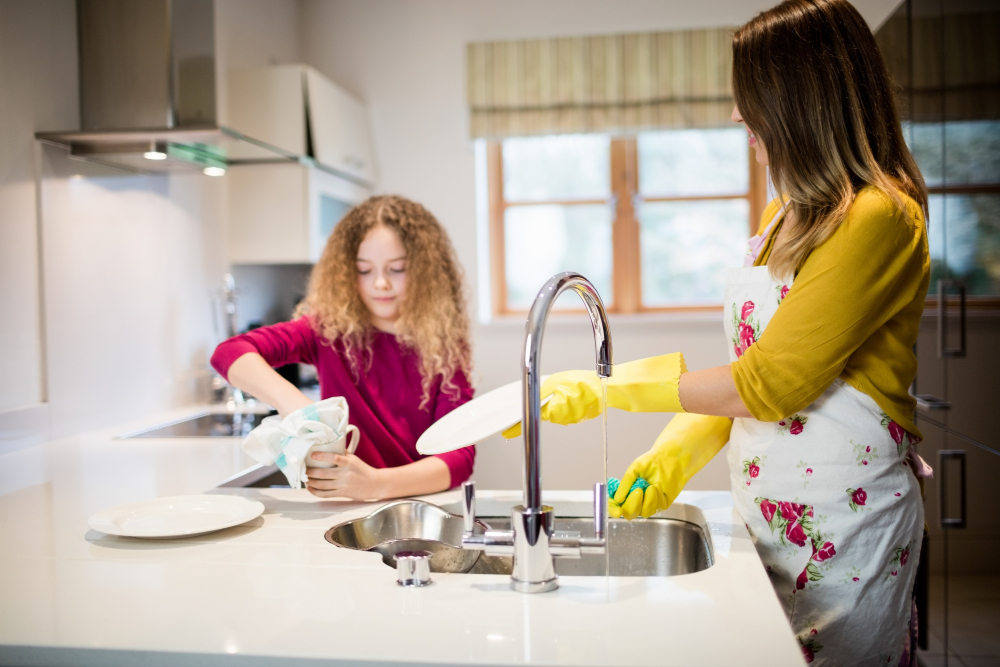
Pests are attracted to food debris and crumbs, so it’s essential to keep your kitchen clean and tidy at all times. Make sure you wipe down countertops, sweep or vacuum floors, and wash dishes regularly.
Don’t forget about hard-to-reach areas like behind appliances or under the sink.
In addition to daily cleaning tasks, it’s also important to deep clean your kitchen on a weekly basis. This includes wiping down cabinets and drawers inside out with soap water solution; removing everything from shelves before wiping them off; washing curtains if they’re dirty (or replacing them altogether); scrubbing stovetops thoroughly after each use – especially around burners where grease can accumulate quickly.
Keep Your Sink Clean and Empty
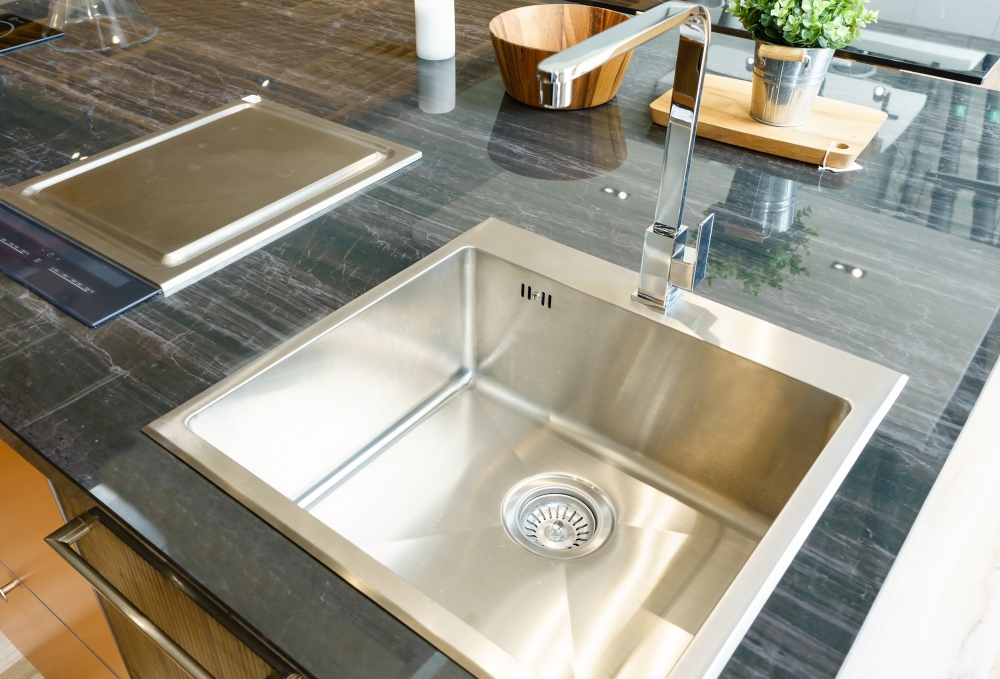
To prevent this, it’s essential to keep your sink clean and empty at all times. After washing dishes or preparing food, make sure to rinse the sink thoroughly with hot water and soap.
Use a scrub brush to remove any leftover debris that may have accumulated in the drain.
It’s also important not to leave any dishes or utensils in the sink overnight as they can attract pests looking for an easy meal. If you don’t have time to wash them immediately after use, place them in a dishwasher or soak them in soapy water until you’re ready.
Make sure your faucet isn’t leaking as even small drips of water can create pools that attract insects like fruit flies and cockroaches.
Eat At the Table

When you eat on the couch or bed, crumbs and food particles can easily fall onto the floor, attracting pests like ants and cockroaches. These pests are attracted to any source of food they can find, so it’s important to keep your eating area clean.
By eating at a designated table or dining area, you’re containing any potential messes and making it easier for yourself to clean up afterward. Make sure that everyone in your household follows this rule as well – even if they’re just having a quick snack.
If you have pets that eat with you at mealtime, make sure their bowls are also placed on an easy-to-clean surface away from human food areas. This will help prevent cross-contamination between pet food and human meals while keeping pesky critters away from both types of dishes.
Use a Trash Can With a Lid
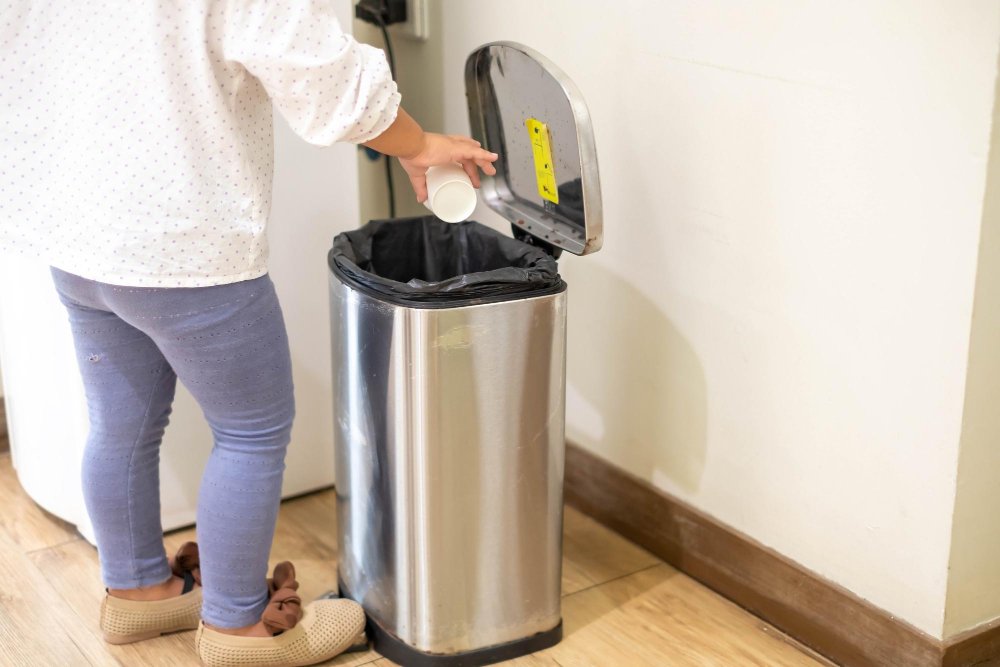
Flies, cockroaches, and rodents are attracted to food waste and will happily make a meal out of it if given the chance. To prevent this from happening, use a trash can with a lid that fits tightly.
This will keep odors contained and prevent pests from accessing your garbage.
It’s also important to dispose of your garbage properly by tying up bags securely before placing them in the bin. Avoid leaving any loose debris or food scraps lying around outside or near the trash can as they may attract unwanted visitors.
Clean Up Food Right Away

Pests are attracted to leftover food and crumbs, so it’s essential to wipe down counters, sweep floors, and wash dishes as soon as possible after cooking or eating. Don’t leave dirty dishes in the sink overnight or let spills sit for too long on surfaces.
If you have pets that eat in the kitchen area, make sure their bowls are cleaned regularly and any spilled kibble is swept up promptly. Even a small amount of pet food can attract pests like ants or rodents.
Pest-Proofing Cabinets and Pantries
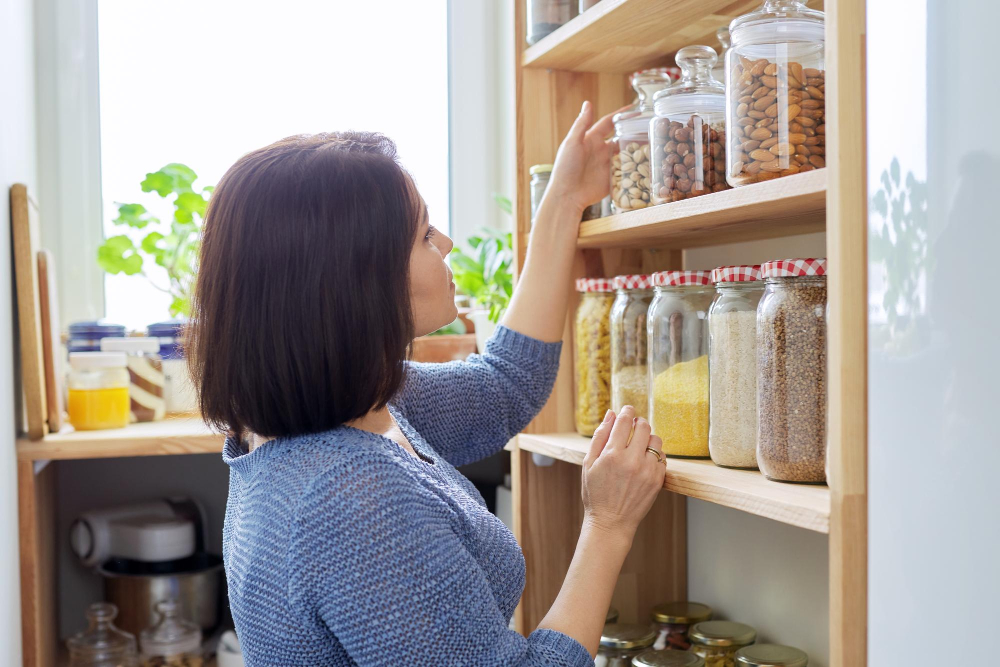
These areas provide a warm, dark environment that’s perfect for pests to nest and breed. To prevent this from happening, it’s important to pest-proof your cabinets and pantries.
Start by inspecting all of your food containers for signs of damage or holes that could allow pests to enter. Replace any damaged containers with new ones that have tight-fitting lids.
Next, seal any cracks or openings around the edges of your cabinets using caulk or weatherstripping tape. This will help keep out ants, roaches, mice, rats – you name it!
Consider installing door sweeps on cabinet doors as well as pantry doors if they are not already present; these can be found at most hardware stores.
Disposing of Trash Properly

Leaving food scraps and waste lying around can attract pests like ants, cockroaches, and rodents. To prevent this from happening, it’s essential to dispose of your garbage properly.
Make sure you have a trash can with a tight-fitting lid that seals in odors and prevents pests from getting inside. Avoid leaving bags or containers outside overnight as they may attract animals like raccoons or stray cats.
It’s also important to separate your organic waste (like fruit peels) from non-organic materials (like plastic wrappers). This will make it easier for you to compost any biodegradable items while keeping other types out of landfills where they could take years to decompose.
Effective Use of Pest Traps

There are different types of traps available, including glue boards, snap traps, and electronic traps. Glue boards work well for catching insects like cockroaches and ants while snap or electronic traps are more suitable for rodents.
When placing a trap in your kitchen, it’s important to choose the right location. Place them along walls or corners where pests tend to travel frequently.
Make sure that they’re out of reach from children and pets.
It’s also essential to check the trap regularly once you’ve set them up as dead pests can attract other unwanted visitors if left unattended for too long.
Remember that pest trapping is just one part of an overall pest management plan; it should be used alongside other preventative measures such as proper food storage techniques and regular cleaning schedules.
Natural Pest Repellents
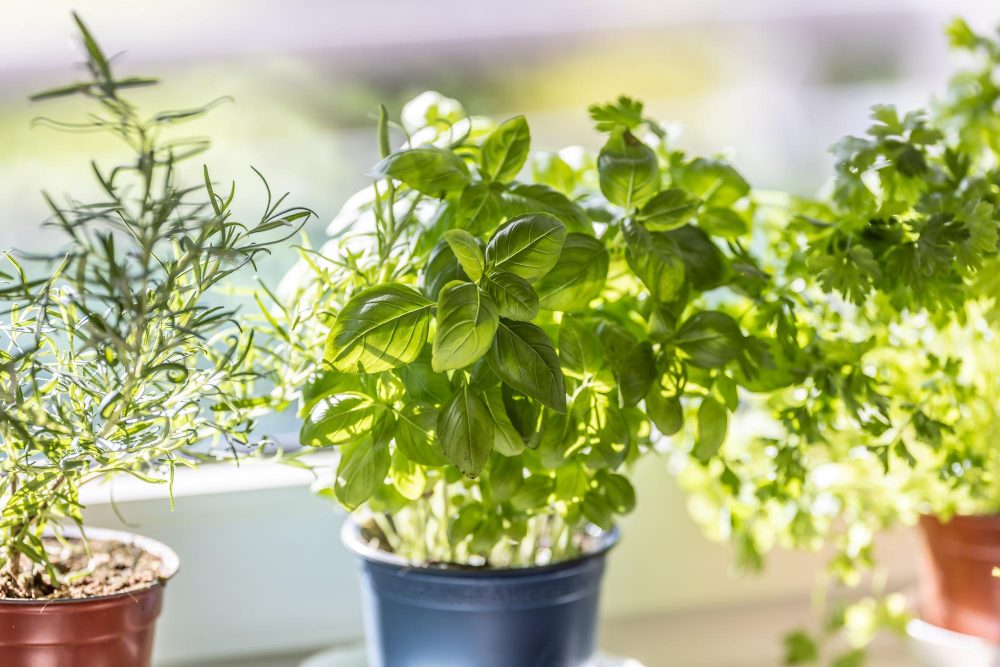
Many essential oils have been found to be effective in repelling pests such as ants, cockroaches, and mice. Peppermint oil is one of the most popular choices due to its strong scent that pests find unpleasant.
Another option is using diatomaceous earth (DE), which is a fine powder made from fossilized algae. DE works by dehydrating insects and other pests when they come into contact with it.
You can also try planting herbs like basil or lavender around your kitchen windowsill or near entry points where bugs may enter your home. These plants not only add some greenery but also act as natural repellents against common kitchen pests.
While these methods may not completely eliminate an infestation on their own, they can certainly help prevent one from occurring in the first place when used alongside other preventative measures mentioned earlier in this article.
Recognizing Signs of Infestation
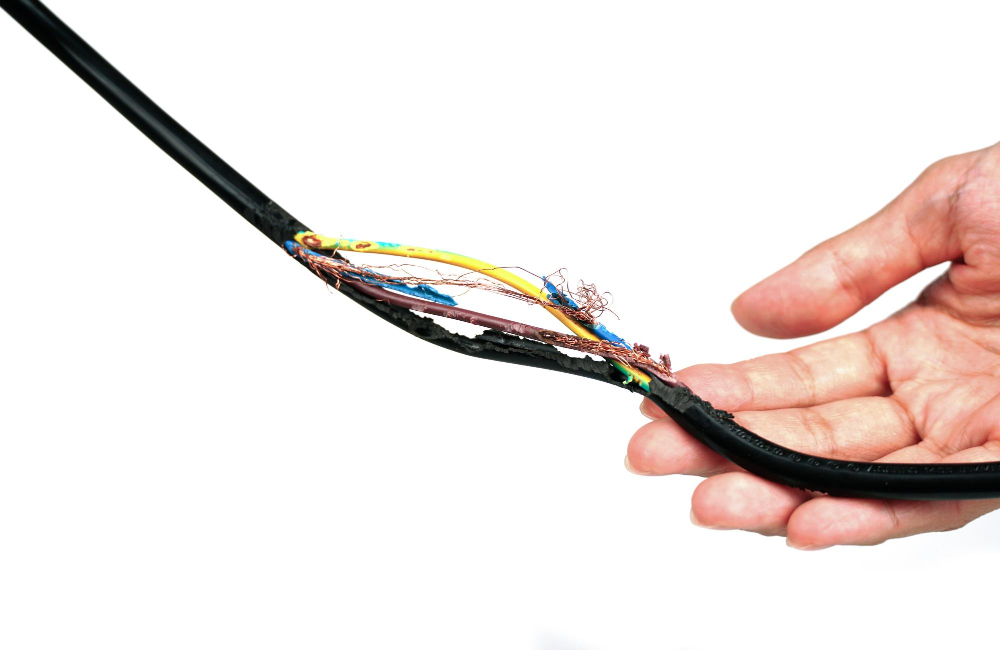
The sooner you identify a problem, the easier it will be to address and prevent further damage. Some common signs of kitchen pests include damage to food packaging, rodent droppings, and physical damage to structures such as gnawed wires or holes in walls.
If you notice any of these signs or suspect that there may be an infestation present, it’s crucial to take action immediately. Ignoring the issue can lead to more significant problems down the line and potentially put your health at risk.
In addition to being vigilant for visible signs of pests, keep an eye out for unusual smells or sounds coming from your kitchen area. Strange odors could indicate rotting food or dead animals hidden away somewhere in your home while scratching noises could suggest rodents are nesting nearby.
Common Signs of Kitchen Pests

Kitchen pests can be sneaky and hard to spot, but there are some common indicators that you should look out for. If you notice any of these signs, it’s time to take action before things get worse.
Firstly, keep an eye out for droppings or urine stains around your kitchen cabinets or pantry shelves. These are telltale signs that rodents like mice or rats have been scurrying around your food storage areas.
Secondly, check for physical damage on food packaging such as holes and gnaw marks which could indicate a rodent infestation.
Thirdly, if you see small black dots on surfaces near where food is stored (such as countertops), this could be evidence of cockroach activity since they leave behind feces that resemble ground coffee beans.
Lastly, if you hear strange noises coming from inside walls or ceilings at night when everything else is quiet – this may mean there’s a larger pest problem than just one mouse running loose!
Damage to Food Packaging
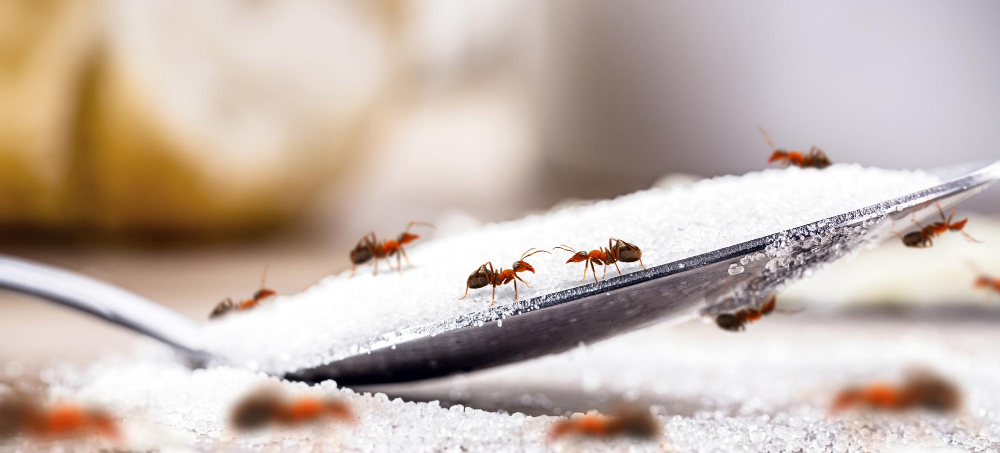
Pests such as rodents, ants, and cockroaches can easily chew through cardboard boxes or plastic bags to get to your food. If you notice any holes or gnaw marks on your food containers, it’s a clear indication that pests have been present in your kitchen.
To prevent this from happening, make sure you store all dry goods such as cereals and pasta in airtight containers made of glass or hard plastic with tight-fitting lids. This will not only keep pests out but also help preserve the freshness and quality of your food for longer periods.
If you do find damaged packaging while cooking or preparing meals, discard any contaminated items immediately and thoroughly clean up any crumbs left behind.
Rodent Droppings
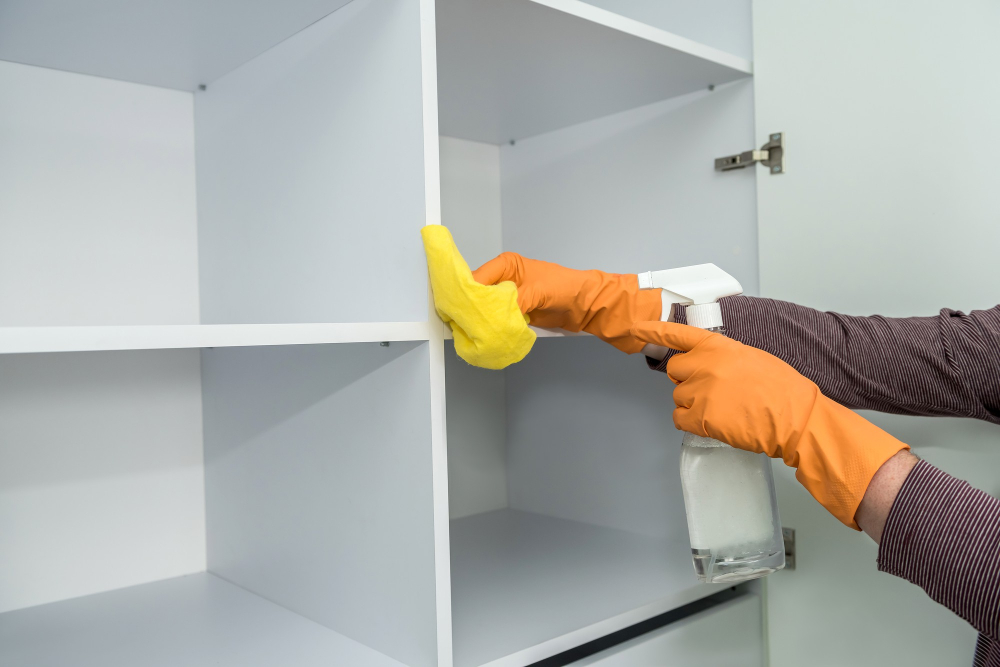
These small, dark pellets can be found near food sources or along walls and baseboards. If you spot any droppings, it’s important to take action immediately as rodents can carry harmful bacteria that can contaminate your food and surfaces.
To clean up rodent droppings safely, wear gloves and a mask to avoid inhaling any airborne particles. Use paper towels or disposable cloths to pick up the droppings and dispose of them in a sealed plastic bag.
Then disinfect the area thoroughly with hot soapy water or an antibacterial cleaner.
Physical Damage to Structures
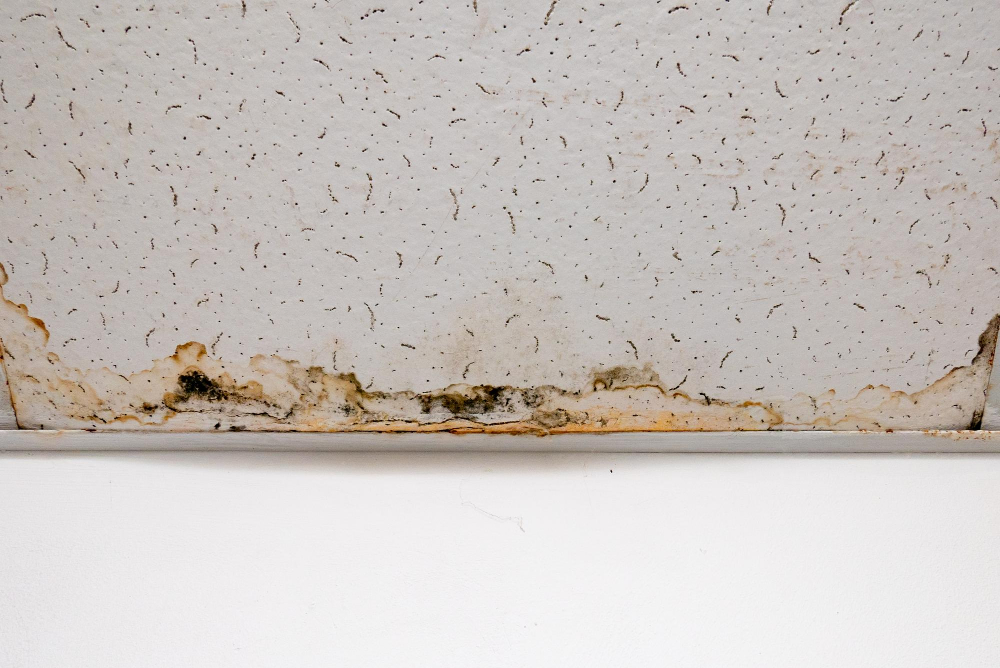
Termites are notorious for chewing through wood and causing structural damage that can be costly to repair. Rodents like mice and rats also have a habit of gnawing on anything they come across – from electrical wires to plastic pipes – which can lead to serious problems if left unchecked.
To prevent physical damage caused by pests in your kitchen, it’s important first to identify any signs of infestation early on. Look out for holes or cracks in walls or flooring as well as chewed-up food packaging or droppings around the area.
If you do notice any signs of pest activity that could lead to physical harm within your home’s structure, it is best not only just cleaning up but also seeking professional help immediately before things get worse. A licensed pest control expert will be able not only just identifying the type(s)of pests present but also providing effective solutions tailored specifically towards eliminating them while minimizing potential damages they may cause over time.
Seeking Professional Help
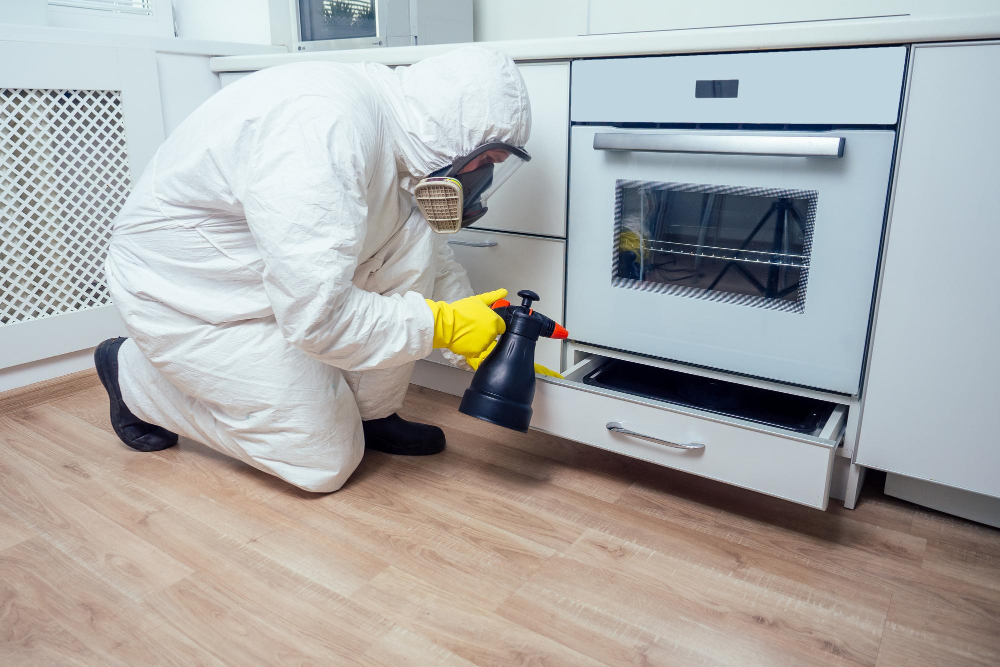
Pest control experts have the knowledge and tools necessary to identify the source of an infestation and eliminate it effectively. They can also provide ongoing maintenance services to prevent future problems from occurring.
When choosing a pest control company, make sure they are licensed and experienced in handling kitchen pests specifically. Ask for references or read online reviews before making your decision.
Remember that prevention is always better than cure when it comes to pest control. By following these tips consistently, you can keep your kitchen free from unwanted guests without having to resort to drastic measures like fumigation or chemical treatments.
Maintaining a clean and hygienic environment is crucial for preventing pests from invading our kitchens.
Ongoing Maintenance for Pest Control

Ongoing maintenance is key in keeping your kitchen free from infestations. This means regularly cleaning and sanitizing surfaces, checking for any cracks or openings that may have developed since your last inspection, and ensuring that all food containers are tightly sealed.
It’s also a good idea to keep an eye out for any signs of pest activity such as droppings or damage to food packaging. If you do notice anything suspicious, take action immediately by setting traps or calling in professional help if needed.
By staying vigilant and proactive with ongoing maintenance for pest control in the kitchen, you can ensure a clean and hygienic space where you can cook and dine without worrying about unwanted guests spoiling the fun!
FAQ
What is the most effective way of keeping your kitchen pest free?
The most effective way of keeping your kitchen pest free is by maintaining cleanliness through wiping down surfaces, sweeping floors, and keeping countertops and sinks clean.
What are two most common pest in the kitchen?
The two most common pests in the kitchen are ants and cockroaches.
How do you prevent food infestation?
To prevent food infestation, store food away from walls and at least six inches off the floor, seal workplace equipment to the floor or raise it at least six inches above the floor, maintain a sanitary work environment by cleaning and sanitizing preparation areas immediately after use, and dispose of trash carefully and regularly.
What essential oils or natural remedies can discourage pests from entering the kitchen?
Essential oils like peppermint, lavender, and eucalyptus, and natural remedies like lemon and vinegar can discourage pests from entering the kitchen.
What are the best practices for storing food items to minimize the risk of pest infestation?
To minimize the risk of pest infestation, the best practices for storing food items include sealing and storing them in airtight containers, keeping them away from damp areas, and maintaining a clean and clutter-free environment.
How can you maintain proper kitchen hygiene to prevent attracting pests?
To maintain proper kitchen hygiene and prevent attracting pests, regularly clean surfaces, store food in sealed containers, and dispose of garbage appropriately.




